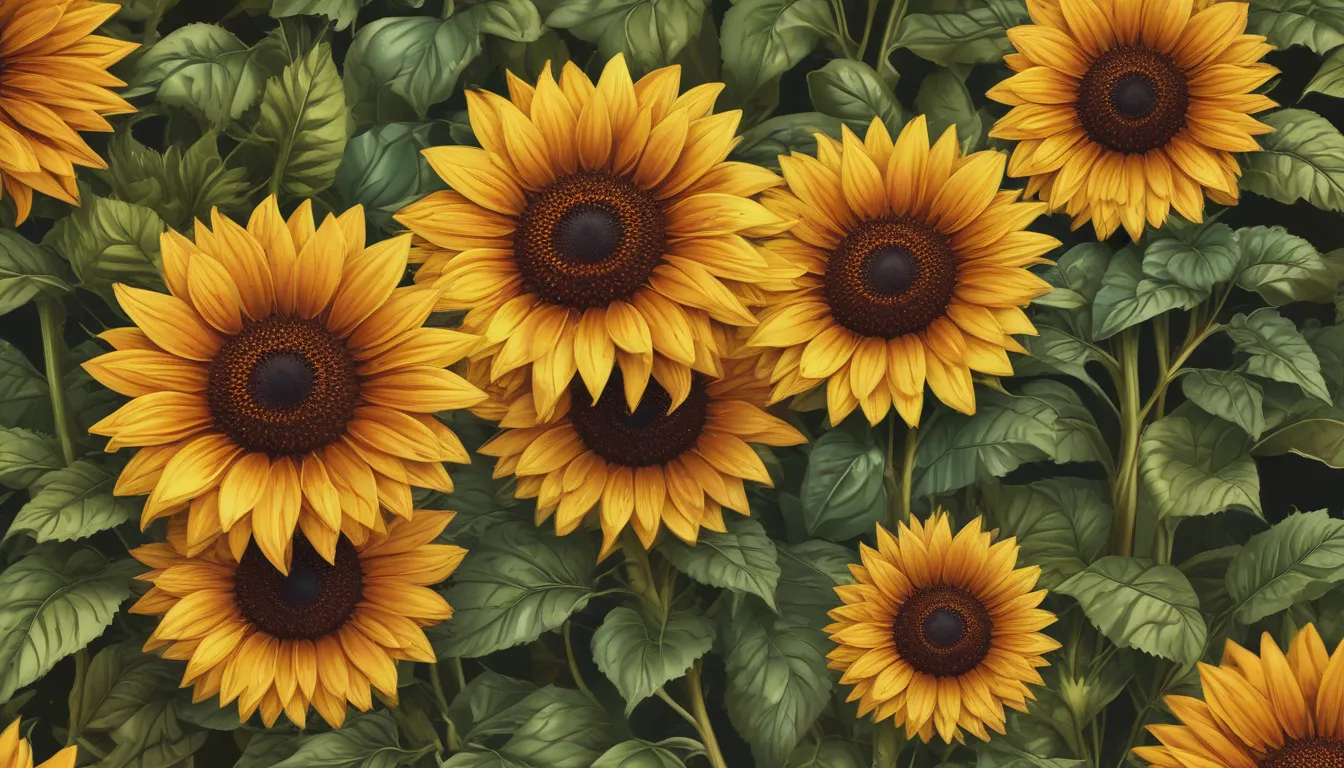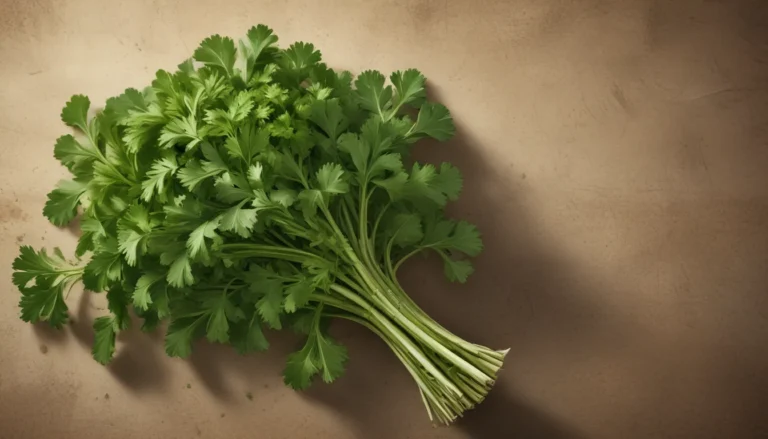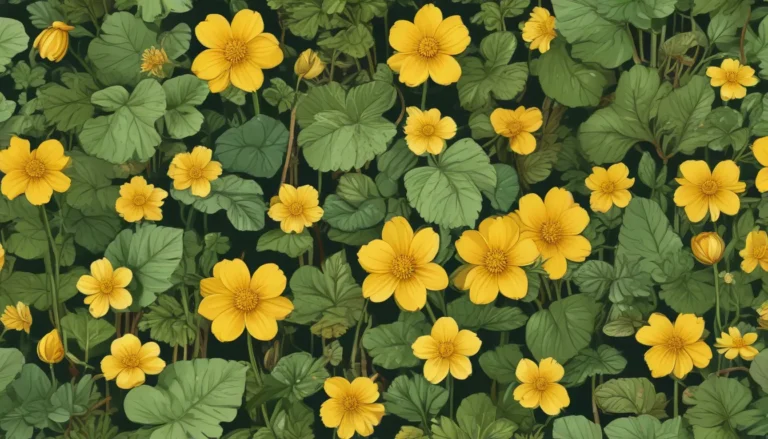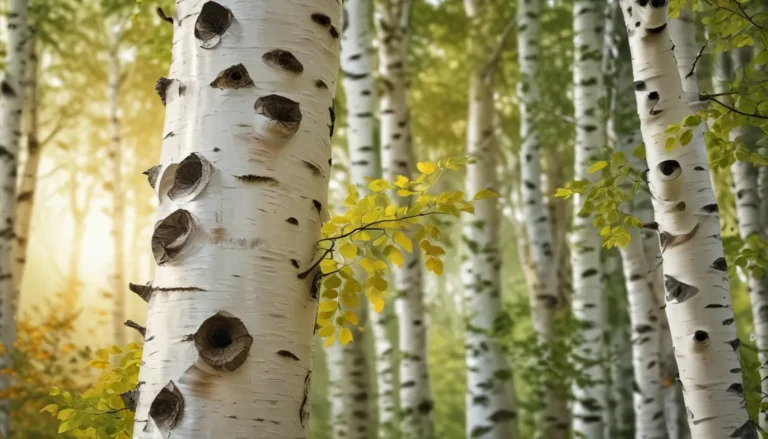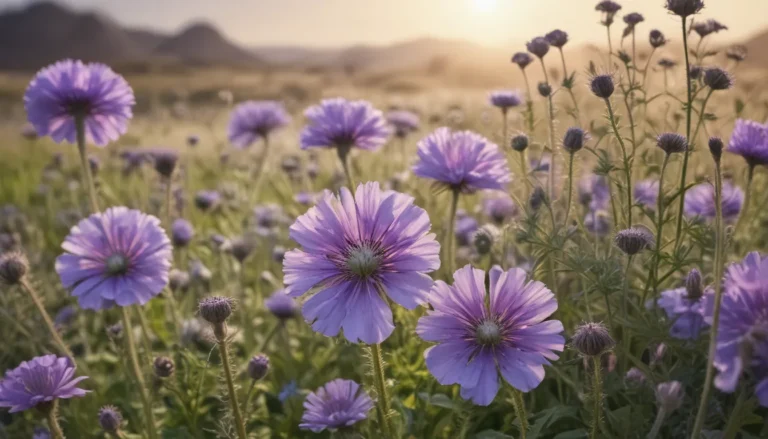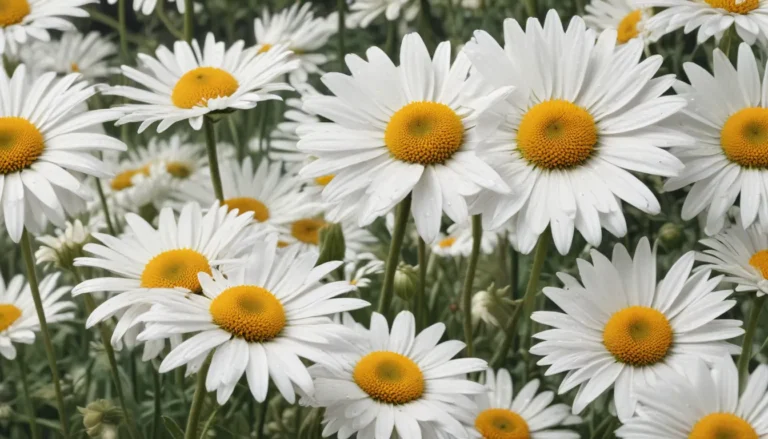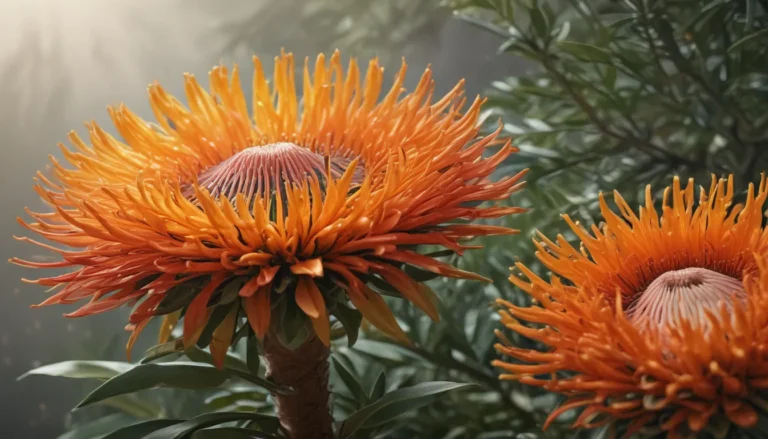The pictures we use in our articles might not show exactly what the words say. We choose these pictures to make you interested in reading more. The pictures work together with the words but don’t take their place. The words still tell you the important facts.
Welcome to the captivating world of False Sunflowers! Also known as Heliopsis helianthoides, these stunning plants are more than just a pretty face in the garden. With their vibrant yellow petals and resemblance to sunflowers, False Sunflowers are a popular choice among gardeners and plant enthusiasts. But there is so much more to learn about these extraordinary plants that will deepen your appreciation for their beauty and significance. In this article, we will explore eight fascinating facts about False Sunflowers that will amaze and inspire you to welcome them into your outdoor space.
The Vibrant and Eye-Catching Blossoms of False Sunflowers
One of the most striking features of False Sunflowers is their brilliant yellow flowers that closely resemble those of sunflowers. These vibrant blooms add a pop of color to any garden or landscape, creating a cheerful and inviting atmosphere.
False Sunflowers: Perennial Beauties That Keep Coming Back
False Sunflowers are perennial plants, meaning they will return year after year, providing continuous beauty and color to your garden. With the proper care, these plants can thrive for many seasons, rewarding you with their stunning blooms time and time again.
Attracting Pollinators: A Beneficial Trait of False Sunflowers
The abundance of bright yellow blooms on False Sunflowers acts as a magnet for pollinators such as bees, butterflies, and hummingbirds. By planting these flowers, you can create a welcoming habitat for these important creatures while adding visual charm to your garden.
Drought-Tolerant and Hardy: The Resilience of False Sunflowers
False Sunflowers are known for their ability to thrive in dry conditions, making them a great choice for areas with limited rainfall. Additionally, these plants are hardy and can withstand cold temperatures, making them suitable for various climates and environments.
Low-Maintenance Charm: The Appeal of False Sunflowers
One of the remarkable aspects of False Sunflowers is their low-maintenance nature. These plants thrive in different types of soil and require minimal care once established, making them ideal for busy gardeners or those new to gardening.
Medicinal Uses: The Historical Significance of False Sunflowers
False Sunflowers have a long history of medicinal use among Native American tribes. Believed to have healing properties, these plants were traditionally used to treat various ailments, including digestive issues and skin conditions, adding to their allure and significance.
Versatile Garden Addition: Using False Sunflowers in Your Landscape
With their tall and upright growth habit, False Sunflowers add vertical interest to any garden or landscape. They can be used as a centerpiece, a backdrop for shorter plants, or even as a natural privacy screen, showcasing their versatility and aesthetic appeal.
Naturalizing Plants: The Enduring Beauty of False Sunflowers
False Sunflowers have the ability to spread and naturalize, creating self-sustaining populations in suitable environments. This naturalizing capability results in stunning displays of yellow blooms that persist for years, enhancing the beauty of your garden season after season.
Incorporating False Sunflowers into your outdoor space not only adds visual charm but also supports the ecosystem and provides potential medicinal uses. Whether you are seeking a low-maintenance perennial or a plant that attracts pollinators, False Sunflowers are sure to be a standout addition to your garden or landscape.
When you spot a False Sunflower in bloom, take a moment to appreciate its beauty and remember these extraordinary facts that make it such a remarkable plant. Its vibrant blossoms, ability to attract pollinators, and low-maintenance nature are just a few reasons to celebrate the beauty and resilience of False Sunflowers in your outdoor space.
Conclusion: Embracing the Beauty and Benefits of False Sunflowers
False Sunflower, also known as Heliopsis helianthoides, is a fascinating plant that offers much more than meets the eye. From its bright and cheerful blooms to its important ecological role, it is a true gem in the plant world that deserves a place in your garden.
Whether you are a gardening enthusiast or simply appreciate the beauty of nature, consider adding False Sunflowers to your outdoor space to enjoy their vibrant blooms, attract pollinators, and learn about their unique characteristics. The rich history of False Sunflowers, their adaptability to various climates, and their medicinal uses make them an extraordinary plant worth exploring and appreciating.
If you found these facts about False Sunflowers intriguing, continue your exploration of remarkable plants by discovering the astonishing characteristics of Heliopsis and other captivating flora that enrich our lives and ecosystems.
FAQs About False Sunflowers
Q: How tall does False Sunflower grow?
A: False Sunflower can reach heights of 3 to 5 feet, making it an excellent choice for adding vertical interest to your garden.
Q: Can False Sunflower survive in hot climates?
A: Yes, False Sunflower is adaptable and can thrive in a wide range of climates, including hot and dry regions.
Q: Do False Sunflowers attract pollinators?
A: Absolutely! False Sunflowers' bright yellow flowers are irresistible to bees, butterflies, and other pollinators, making them an excellent choice for a pollinator-friendly garden.
Q: Are False Sunflowers a good option for cut flowers?
A: Yes, False Sunflowers make exceptional cut flowers with a long vase life and vibrant appeal in floral arrangements.
Q: Is False Sunflower native to North America?
A: Yes, False Sunflower is native to North America and has a rich history of use by Native Americans for medicinal and ceremonial purposes.
Q: How do I care for False Sunflower plants?
A: False Sunflowers are relatively low-maintenance, preferring full sun to partial shade and well-drained soil. Regular watering and occasional fertilization will help them thrive.
Q: Do False Sunflowers self-seed?
A: Yes, False Sunflowers are known to self-seed, creating a naturalized and beautiful display in your garden year after year.
Q: Can False Sunflowers be grown in containers?
A: While False Sunflowers are typically grown in garden beds, they can thrive in containers as long as the container is large enough to accommodate their growth and provides adequate drainage.
False Sunflowers are a captivating addition to any garden or landscape, offering vibrant blooms, perennial beauty, and the ability to attract pollinators. Their historical significance, low-maintenance nature, and naturalizing capabilities make them a versatile and valuable plant for gardeners of all levels. Embrace the beauty and benefits of False Sunflowers in your outdoor space and enjoy the wonders of this remarkable plant.
